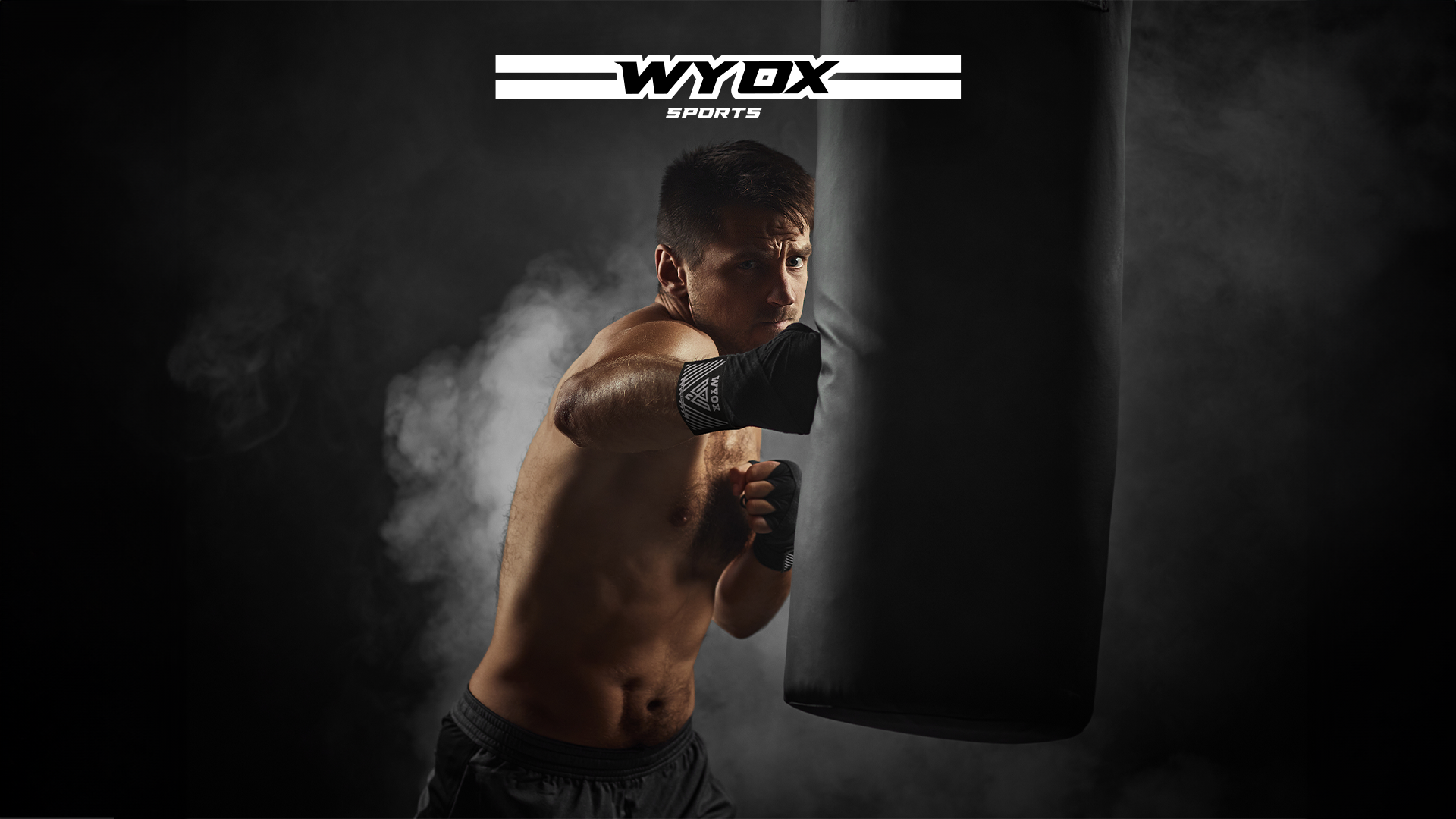
Introduction to Boxing Stances
Boxing is more than just throwing punches—it’s an art form that requires strategy, technique, and a solid understanding of body mechanics. The way you position yourself in the ring, known as your stance, is crucial. Different boxing stances offer various advantages and can be tailored to match a fighter’s strengths, weaknesses, and preferences. Whether you’re a seasoned fighter or a beginner, understanding these stances is essential to improving your skills and maximizing your potential in the ring.
The Orthodox Stance: A Classic Choice
The orthodox stance is the most common stance in boxing, especially among right-handed fighters. In this position, your left foot is forward, and your right foot is slightly behind, with your left hand serving as your lead hand and your right hand as your power hand. This stance provides a balanced approach to both offense and defense, making it a versatile choice for many fighters. Among the different boxing stances, the orthodox stance is favored for its ability to combine solid defense with powerful striking capabilities.
Pros of the Orthodox Stance:
- Balance: Offers excellent balance, allowing for quick movement in any direction.
- Power: Maximizes the power of your right-hand punches, especially the straight right and the right hook.
- Defense: Provides solid defensive options, with the lead hand ready to block or parry incoming attacks.
Cons of the Orthodox Stance:
- Predictability: Since it’s the most common stance, opponents may be more familiar with its strengths and weaknesses.
- Limited Angles: The stance may limit your ability to attack from unconventional angles.
The orthodox stance is ideal for fighters who favor a balanced, straightforward approach. It’s also an excellent starting point for beginners as they develop their skills and get comfortable in the ring.
The Southpaw Stance: Unleashing the Left Hand
The southpaw stance is the mirror image of the orthodox stance, with the right foot forward and the left foot back. This stance is typically used by left-handed fighters, but some right-handed fighters adopt it to throw off their opponents. The southpaw stance is known for its unpredictability and the unique angles it creates.
Pros of the Southpaw Stance:
- Unpredictability: Many fighters are less accustomed to facing southpaws, giving you an advantage.
- Angles: Creates opportunities to attack from unexpected angles, particularly with the left hand.
- Power: Left-handed fighters can maximize the power of their dominant hand in this stance.
Cons of the Southpaw Stance:
- Vulnerability: The stance can leave the lead hand more exposed to straight right punches from orthodox fighters.
- Footwork: Requires more precise footwork to maintain balance and avoid getting caught in awkward positions.
The southpaw stance is perfect for fighters looking to exploit the unfamiliarity of their opponents or for left-handed boxers who want to make the most of their natural power.
The Philly Shell: Defense First
The Philly Shell, also known as the shoulder roll, is a defensive stance made famous by fighters like Floyd Mayweather. In this stance, the lead shoulder is raised to protect the chin, the rear hand is held low to guard the body, and the lead hand is kept across the midsection. The Philly Shell is designed for counter-punching and relies heavily on reflexes and timing.
Pros of the Philly Shell:
- Defense: Provides excellent protection against headshots and body blows.
- Counter-Punching: Sets up counter-punches by making it easy to roll with punches and return fire.
- Energy Efficiency: Conserves energy by minimizing unnecessary movement.
Cons of the Philly Shell:
- Complexity: Requires advanced skills and quick reflexes to execute effectively.
- Vulnerability to Hooks: The lowered rear hand can leave you vulnerable to hooks, particularly on the side opposite your lead shoulder.
- Learning Curve: This stance has a steep learning curve and may not be suitable for beginners.
The Philly Shell is best suited for experienced fighters who are confident in their defensive abilities and enjoy counter-punching.
The Peek-a-Boo Stance: Aggression with Protection
The Peek-a-Boo stance, popularized by the legendary trainer Cus D’Amato and his famous pupil Mike Tyson, is an aggressive stance that focuses on close-range fighting. In this stance, both hands are held high near the face, and the elbows are tucked in close to the body. This stance is designed to allow fighters to absorb blows while moving forward to launch powerful combinations.
Pros of the Peek-a-Boo Stance:
- Aggression: Encourages an aggressive, forward-moving style that overwhelms opponents.
- Protection: Provides excellent protection for the head and body, reducing the risk of getting hit cleanly.
- Power Punches: Sets up powerful hooks and uppercuts by keeping the hands close to the chin.
Cons of the Peek-a-Boo Stance:
- Energy Consumption: This stance can be physically demanding, requiring high levels of stamina.
- Limited Reach: The close-guarded position may limit your reach, making it harder to land punches from a distance.
- Requires Speed: Relies heavily on speed and head movement to avoid incoming punches.
The Peek-a-Boo stance is ideal for fighters who thrive on pressure and enjoy staying in close to their opponents.
Conclusion: Choosing Your Stance
Choosing the right stance is a personal decision that depends on your natural abilities, fighting style, and experience level. Whether you prefer the balance of the orthodox stance, the unpredictability of the southpaw stance, the defense of the Philly Shell, or the aggression of the Peek-a-Boo stance, each has its own advantages and challenges. Experimenting with different boxing stances and incorporating them into your training can help you find the one that feels right for you.
At Wyox Sports, we understand the importance of having the right gear to complement your stance. Whether you’re just starting out or refining your technique, our range of high-quality boxing equipment is designed to support your journey in the ring.

